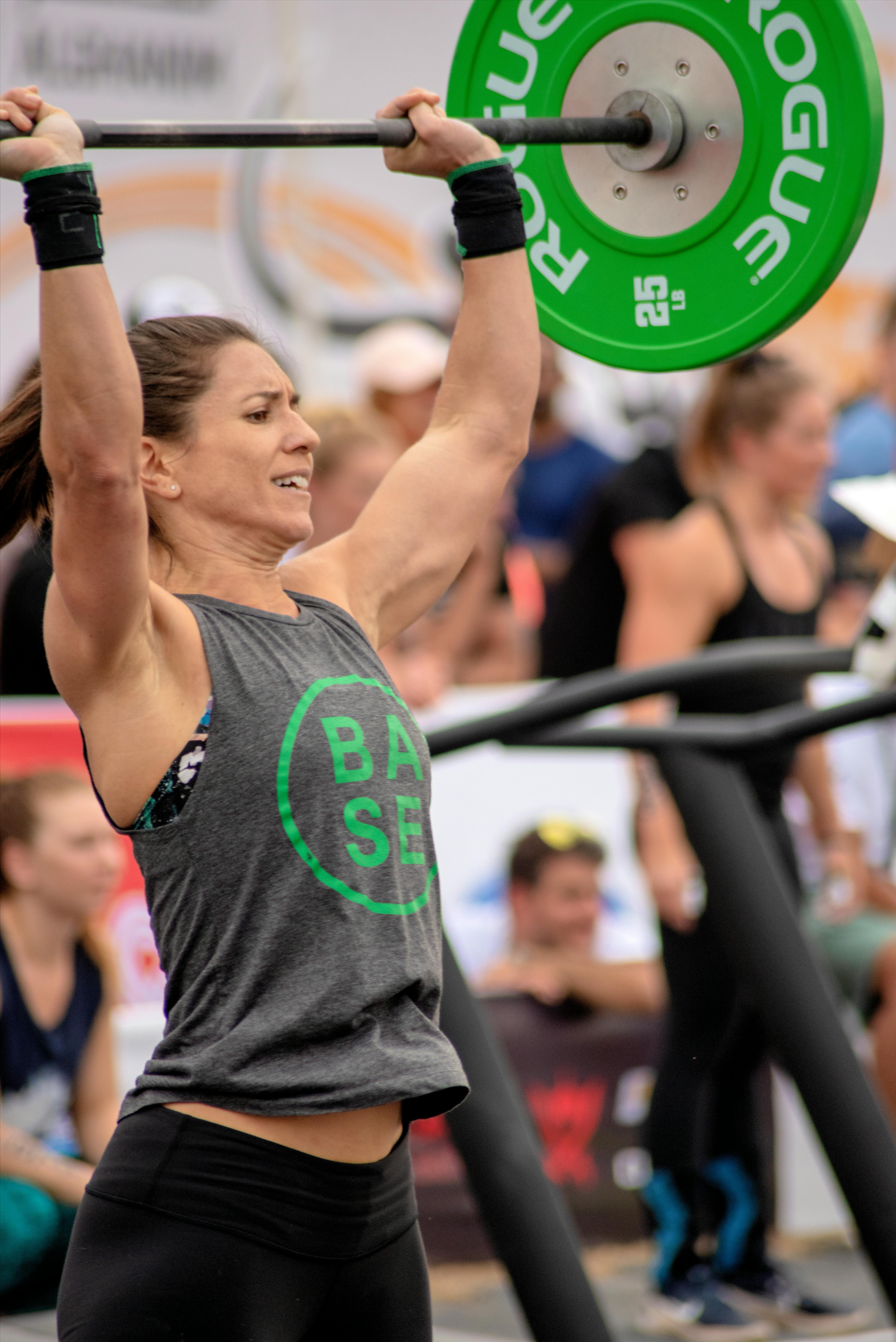Effective Push Pull Training Plan for 2025: Optimize Your Workouts and Achieve Results
In the world of fitness, having a structured training plan is essential for achieving your desired results. The Push Pull Training Plan, a method that focuses on alternating between pushing and pulling movements, is proving to be a popular choice for both novice and experienced athletes. This article will delve into the advantages of this training split, exploring its role in muscle building, strength training, and overall fitness improvement. Whether you’re looking to enhance hypertrophy, find a suitable training routine, or manage your workout through optimal training frequency, we have got you covered.
We will explore the essentials of creating an effective training plan tailored to your fitness goals. Additionally, we will address common training techniques, the importance of recovery, the balance of workout volume, and effective ways to motivate yourself throughout your fitness journey. With tailored information and practical advice, this guide aims to be your go-to resource for utilizing a Push Pull Training Plan successfully.

Essential Elements of a Push-Trainingsplan
Building a successful Push-Trainingsplan involves understanding the foundations of push movements and how they contribute to muscle growth and strength development. Push exercises typically target the upper body’s pressing muscles, including the chest, shoulders, and triceps. Including a variety of movements ensures balanced muscle development and prevents injury.
Understanding Push Movements
Push movements involve extending your arms and legs against resistance, engaging primary muscle groups such as the pectorals, deltoids, and triceps. Key exercises in a Push-Trainingsplan include bench presses, shoulder presses, and tricep dips. These movements are vital for overall upper-body strength and performance in sports.
Creating a Balanced Workout Routine
For effective results, it’s crucial to create a balanced workout routine that incorporates different push movements and varying intensities. Aim to include compound exercises, such as the bench press, along with isolation exercises, such as tricep extensions, for a well-rounded approach. A structured weekly plan can aid in optimizing muscle recovery and hypertrophy.
Adjusting Your Push-Trainingsplan for Progress
As you grow stronger, it’s essential to gradually increase the weights used and explore advanced techniques like supersets or drop sets. These training adjustments can maximize your gains and keep your workouts engaging. Monitoring your fitness progress helps in making informed adjustments to your routine, leading to continuous improvement.

Building an Effective Pull-Trainingsplan
The opposing approach, the Pull-Trainingsplan, focuses on the muscles used in pulling movements, targeting the back, biceps, and rear shoulder muscles. Having a comprehensive understanding of these muscle groups is crucial for developing strength and stability.
Core Pull Exercises
Key pull exercises include deadlifts, pull-ups, and bent-over rows. These movements engage multiple muscle groups and are fundamental for enhancing overall upper body strength. The variety in pull movements helps in developing symmetry and proportional strength across the body’s muscle groups.
Training Frequency and Volume
Adjusting your training frequency and volume is vital for maximizing muscle growth and performance. Perform pull workouts 2-3 times per week, ensuring adequate rest intervals between sessions. This strategy reduces the risk of overtraining while promoting proper recovery and muscle growth.
Incorporating Functional Training Techniques
Functional training involves integrating movements that improve daily activities, enhancing not only strength but also flexibility and coordination. Combining traditional pull exercises with functional training techniques can significantly enhance your athletic performance and overall fitness level.
Optimizing Your Trainingsroutine for Muscleaufbau
When it comes to muscleaufbau (muscle building), understanding the mechanics of training load and recovery is critical. It’s not just about lifting heavier weights; it’s about consistently pushing your limits while also allowing for proper recovery.
The Importance of Recovery in Strength Training
Recovery is critical for muscle growth. After intense workouts, muscle fibers undergo repair, leading to growth. Incorporating adequate rest days and utilizing techniques like stretching and foam rolling can expedite recovery and prevent injury.
Regeneration Techniques to Enhance Performance
Implementing regeneration techniques such as proper hydration, nutrition, and sleep can optimize performance. Emphasizing protein intake to meet your body’s needs aids in muscle recovery and growth, enhancing your overall training experience.
Monitoring Your Fitnessfortschritt
Maintaining a fitness diary or using a fitness app can help monitor your progress. Track weights, reps, and subjective feelings about each workout. Regular assessment can guide necessary adjustments to your training plan, ensuring you stay on the path to success.
Trainingstechniken and Advanced Methods
Incorporating a variety of training techniques can make your Push Pull Training Plan more effective and enjoyable. Experimenting with training modalities can prevent workout monotony and significantly contribute to your fitness objectives.
Exploring Supersets and Drop Sets
Using advanced techniques like supersets (performing two exercises back to back) and drop sets (decreasing the weight and continuing the set) can help maximize your muscle engagement during workouts. These techniques are excellent for hypertrophy and can be tailored to both beginners and advanced trainees.
Adjustments for Every Fitness Level
One of the hallmarks of an effective training program is its adaptability. Beginners may focus on mastering form and understanding their limits, while advanced athletes can engage in progressive overload techniques to continuously challenge their muscles.
Nutrition: Fueling Your Fitness Journey
Sporternährung plays a significant role in achieving your fitness goals. Nutrition is essential not only for energy during workouts but also for the recovery process post-exercise.
Understanding Your Proteinbedarf
To promote muscle growth effectively, individuals need to ensure they are consuming sufficient protein. Aim for a protein intake of around 1.6 – 2.2 grams per kilogram of body weight, adapting as you progress in your training.
Importance of Hydration and Nutrient Timing
Staying well-hydrated during training can significantly impact performance. Additionally, timing your nutrient intake around workouts can optimize recovery, with essential carbohydrates and proteins consumed post-workout to kickstart the recovery process.
Motivation im Training: Staying Committed
Pushing through plateaus or moments of low motivation is a common challenge faced by many on their fitness journeys. Finding effective ways to maintain motivation is crucial for long-term success.
Building a Supportive Fitness Community
Surrounding yourself with a supportive fitness community can enhance your accountability and motivation levels. Engaging in group training sessions or participating in online fitness forums can foster a sense of belonging and keep you motivated.
Setting Clear Fitnessziele
Establish clear, achievable fitness goals to provide direction to your training efforts. Goals can include specific targets for strength increase, muscle mass, or performance markers, effectively guiding your daily activities.
Tracking Progress for Continuous Improvement
Regularly tracking your progress keeps you accountable and allows you to celebrate small victories along the way. Utilize training apps or journals to visualize your advancements, reinforcing the motivation to keep pushing forward.
Conclusion: Your Path to Fitness Success
By implementing an effective Push Pull Training Plan, you can optimize your workouts to achieve impressive results. Through understanding your body, adjusting your training strategies, and ensuring adequate recovery, you will pave the way for significant fitness developments. Remember, persistence is key, and with the right mindset, your fitness capabilities can reach new heights, all while enjoying the benefits of a well-structured training regimen.
For more detailed resources on training techniques and fitness programs, visit our comprehensive guides on creating a balanced training plan and optimizing your workout routine.
